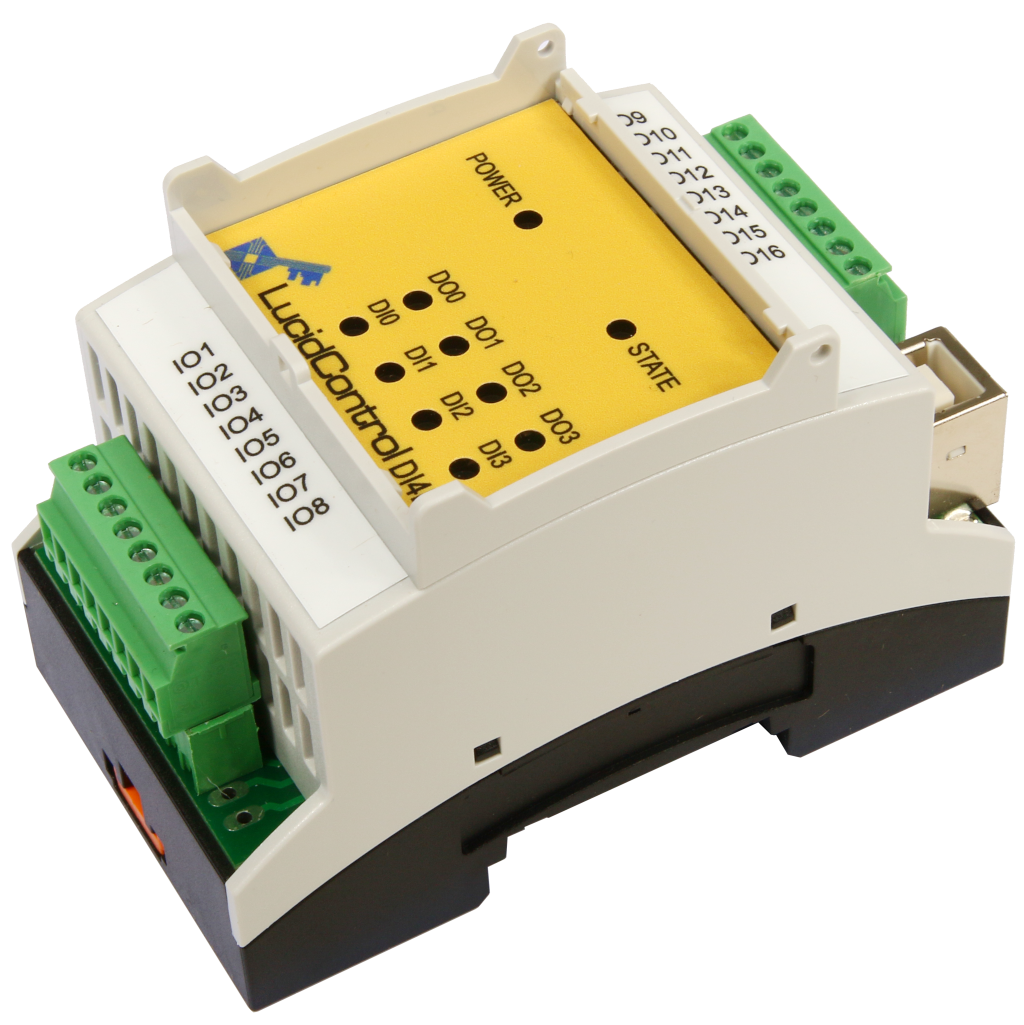Operation of the Analog Output MQTT Module
The LucidIoT secure network I/O controllerLucidIoT-16 Secure Network I/O IoT Module can be controlled by various interfaces like Modbus TCP/IP or the native text based JSON protocol.
The values of the analog output module are also accessible by a web browser and the user can store customized web pages on the LucidIoT file structure.
LucidIoT also supports the popular MQTT protocol often used in Industry 4.0 application when e.g. machines communicate with each other. The analog output MQTT function of the controller can subscribe or publish topics to MQTT servers like Amazon AWS or Mosquitto.
The analog output MQTT client can subscribe a MQTT topic from a server. Data (payload) received on a topic is routed to the analog output channel and it is possible to set the voltage of a 0-10V or the current of a 4-20mA channel.
The configuration of the MQTT client depends on the configuration of LucidIoT. Here we describe the analog output MQTT configuration which is able to control up to 16 channels with 0-10V or 4-20mA.
Other less common settings like 0-5V, 0-24V or 0-20mA are also available in our web shop.
MQTT Client Setup using Web Interface
In the picture above shows the the MQTT client setup page of the LucidIoT web server.
The user can configure the operation Type of a topic. Analog output MQTT can subscribe topics with a Name and forward them to an output channel. The output channel is identified by the Value Id parameter.
For output channels it is also possible to publish the data e.g. for control purposes. Data of published topics is formatted according to the Format parameter. It is possible to specify if a voltage or current is transmitted as an integer or if a decimal format is used for conversion.
For subscribed values the Format is ignored and LucidIoT detects the format. For published topics the configured format is only regarded if it is valid. Otherwise, the default (Auto) format is used.









